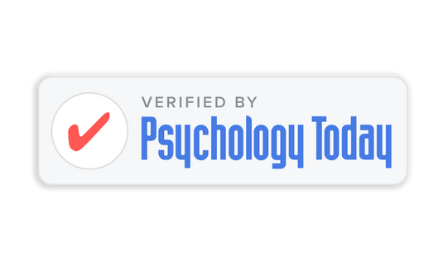Workplaces can be dynamic and demanding environments that often bring forth feelings of anxiety and stress. The pressure to meet deadlines, perform well, and navigate professional relationships can all contribute to workplace anxiety. However, by implementing practical strategies and cultivating a supportive mindset, it is possible to find balance, reduce anxiety, and enhance overall well-being. In this blog post, we will explore effective techniques for dealing with anxiety at work, empowering you to thrive in your professional life.
1. Recognize and Acknowledge Your Anxiety
The first step in managing anxiety at work is to recognize and acknowledge its presence. Pay attention to the physical and emotional signs of anxiety, such as increased heart rate, racing thoughts, restlessness, or irritability. By acknowledging your anxiety, you can start addressing it in a proactive and compassionate manner.
2. Prioritize Self-Care
Self-care is crucial in managing anxiety at work. Take time for yourself outside of work hours to engage in activities that help you relax and rejuvenate. This may include exercise, meditation, journaling, spending time in nature, or pursuing hobbies. Prioritizing self-care allows you to recharge and better cope with the demands of your job.
3. Establish Boundaries
Setting healthy boundaries at work is essential for managing anxiety. Clearly define your work hours and avoid excessive overtime or taking on more than you can handle. Learn to say “no” to tasks that exceed your capacity. Communicate your boundaries effectively with your colleagues and superiors, ensuring they understand your limitations. By establishing boundaries, you can reduce stress and maintain a healthier work-life balance.
4. Break Tasks into Manageable Chunks
Feeling overwhelmed by a large workload can intensify anxiety. Break down your tasks into smaller, more manageable steps. Prioritize your tasks based on importance and urgency, and focus on one task at a time. By taking a systematic approach, you can reduce anxiety and increase productivity.
5. Practice Mindfulness and Deep Breathing
Incorporating mindfulness and deep breathing exercises into your work routine can significantly reduce anxiety. Take a few moments throughout the day to practice deep breathing exercises, inhaling deeply through your nose and exhaling slowly through your mouth. Engage in mindfulness techniques by bringing your attention to the present moment, noticing sensations in your body, and letting go of anxious thoughts. These practices can promote a sense of calm and clarity amidst work-related stressors.
6. Seek Support
If anxiety at work becomes overwhelming or persistent, seeking support from a trusted colleague, supervisor, or mental health professional can be beneficial. Talking about your concerns and seeking guidance can provide a fresh perspective and valuable advice. Additionally, consider joining support groups or seeking therapy to develop effective coping strategies specific to your work-related anxiety.
7. Practice Positive Self-Talk
Challenge negative self-talk and replace it with positive and realistic affirmations. Remind yourself of your abilities, past accomplishments, and the value you bring to your work. Celebrate small victories and give yourself credit for your efforts. By nurturing a positive mindset, you can counteract anxiety-provoking thoughts and build self-confidence.
Conclusion
Anxiety at work is a common experience, but it doesn’t have to control your professional life. By implementing these strategies, recognizing the signs of anxiety, prioritizing self-care, establishing boundaries, practicing mindfulness, seeking support, and cultivating positive self-talk, you can effectively manage anxiety and create a healthier and more fulfilling work environment. Remember, you have the power to thrive amidst workplace challenges and find a sense of balance and well-being in your professional life.








